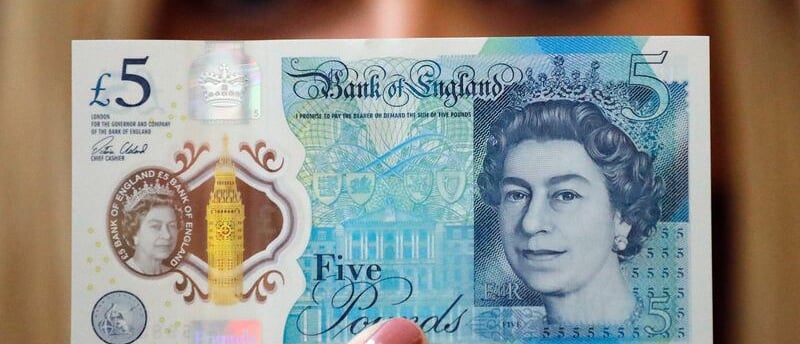Add your promotional text...
The British Pound Under Pressure: Why Deutsche Bank Recommends Selling
Synopsis: The British pound is facing significant headwinds, marked by its worst performance among global currencies this year. Deutsche Bank has shifted its stance to recommend selling the pound, citing concerns over the UK’s current account deficit, reliance on carry inflows, and volatility-adjusted yield risks.
FOREX
By Sonal Chauhan
1/10/20252 min read


The Decline of the British Pound
The British pound has continued to weaken throughout the week, deviating sharply from the trajectory of UK yields. This downward trend has led Deutsche Bank to issue a strong recommendation to sell the currency on a broad, trade-weighted basis.
This bearish sentiment is driven by the pound's poor performance since the start of the year, a decline reminiscent of its sharp drop following the UK budget announcement in early November.
Key Factors Driving the Pound's Weakness
Worst-Performing Currency of the Year
Since January, the pound has been the weakest performer among global currencies, declining by just over 1% on a trade-weighted basis. While this may not seem significant in isolation, the context of a strengthening U.S. dollar has exacerbated the pound's struggles.Current Account Deficit Concerns
Deutsche Bank's analysis highlights that the UK’s current account deficit shows no signs of improvement. A persistent deficit undermines investor confidence, reducing the attractiveness of the pound as a stable currency.Volatility-Adjusted Yield Risks
The volatility-adjusted yield pickup, a metric closely watched by investors, is showing signs of further deterioration. This creates additional challenges for the pound, especially in an environment of heightened market uncertainty.Reliance on Carry Inflows
The pound’s reliance on carry inflows—investments seeking higher yields in the UK—has become a significant vulnerability. With these inflows now at risk, the currency's stability is further compromised.
Shift in Deutsche Bank’s Strategy
Deutsche Bank’s strategists, who previously held long positions on the pound, have now reversed their stance. Having taken profits in mid-December, the bank’s experts are now advocating a sell strategy, citing mounting risks and unfavorable conditions.
This shift comes after a noticeable divergence between the pound and UK yields. On Wednesday, the pound moved in the opposite direction to UK yields, mirroring a similar pattern observed after the UK budget release—a concerning signal for currency traders.
The Pound vs. The U.S. Dollar
The pound’s recent weakness is particularly stark when compared to the strengthening U.S. dollar. While several currencies are facing multi-month or multi-year lows against the dollar, the pound’s performance stands out for its pronounced decline.
Historical Context: A Familiar Pattern
The current downturn in the pound’s value is drawing parallels to its performance in November, when the UK budget announcement triggered a sharp decline. This historical context underscores the currency’s susceptibility to economic and political uncertainties.
Implications for Investors
For traders and investors, Deutsche Bank's recommendation to sell the pound carries significant implications:
Short-Term Outlook: The pound’s reliance on carry inflows and deteriorating yield pickup suggests continued volatility and potential downside risks.
Long-Term Risks: Persistent concerns over the UK’s current account deficit and economic outlook add to the pound’s challenges, making it a less attractive option for long-term investment.
Navigating the Pound’s Challenges
The British pound is navigating a turbulent period, marked by structural weaknesses and external pressures. Deutsche Bank’s bearish stance reflects a cautious outlook, as key factors such as the current account deficit, carry inflows, and yield risks weigh heavily on the currency.
For investors, the message is clear: the pound faces significant headwinds, and the path forward is fraught with uncertainty. As market conditions evolve, careful monitoring and strategic positioning will be essential to navigate this challenging landscape.
